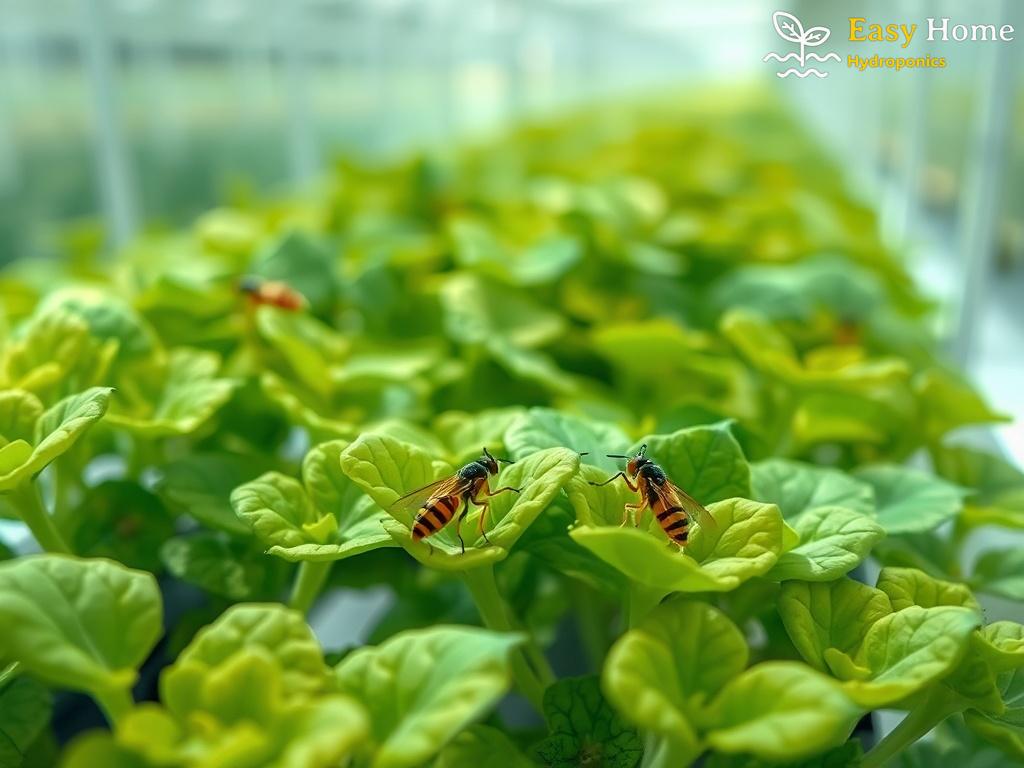As agriculture continues to evolve, innovative solutions are being sought to tackle the persistent challenges of pest and disease management. In the realm of hydroponics, where plants are grown in nutrient-rich water rather than soil, traditional pest control measures can be less effective or even detrimental. Enter ozone treatments—a groundbreaking approach that promises to enhance plant health while minimizing chemical usage.
Understanding Ozone: A Natural Solution
Ozone (O3) is a naturally occurring gas composed of three oxygen atoms, known for its powerful oxidizing properties. This characteristic makes ozone an effective agent against a variety of pathogens and pests that threaten hydroponic systems. Unlike conventional pesticides, which can leave harmful residues and contribute to environmental degradation, ozone decomposes rapidly, leaving no toxic byproducts behind.
Advantages of Ozone in Hydroponics
The integration of ozone treatments in hydroponic pest and disease management presents numerous benefits that cater to both growers and the environment. Below is a summarized list of the most notable advantages:
- Effective Pathogen Elimination: Ozone is highly effective in eliminating bacteria, fungi, and viruses, reducing the likelihood of disease outbreaks.
- Reduced Chemical Usage: Ozone treatments can significantly decrease the reliance on synthetic pesticides, promoting a more sustainable approach to agriculture.
- Improved Water Quality: Ozone can enhance the quality of water used in hydroponics by removing organic contaminants, which can lead to healthier plant growth.
- Quick Decomposition: Ozone breaks down into oxygen, ensuring that no harmful residues remain in the growing environment.
- Versatile Application: Ozone can be applied in various forms, including water ozonation and gas ozonation, making it adaptable to different hydroponic systems.
Implementing Ozone Treatments: Best Practices
To maximize the benefits of ozone treatments, growers should adhere to best practices that ensure effective application while safeguarding plant health. Here are several key steps to consider:
- Monitoring Ozone Levels: It’s crucial to maintain optimal ozone concentrations to avoid phytotoxicity. Regular monitoring systems can help manage this.
- Timing of Application: Applying ozone treatments during off-peak growth times can reduce stress on plants while allowing effective pathogen control.
- Integration with Other Practices: Combining ozone treatments with other pest management strategies can create a holistic approach, enhancing overall effectiveness.




